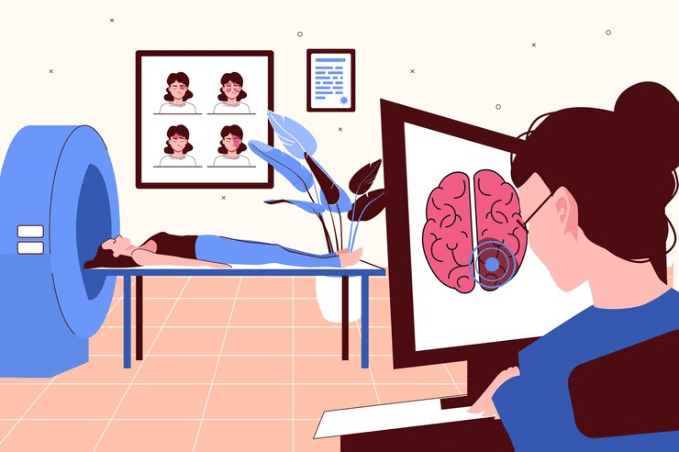Slumber hypopnea is a prevalent sleep condition that impacts many individuals throughout the globe. It occurs when a person's respiration is disrupted during sleep, resulting to subpar sleep standards and multiple medical issues. One of the methods scientists and doctors are working to better understand and diagnose sleep apnea is through a technique called quantified EEG, or qEEG. This approach assesses the electrical function of the cerebrum and can provide important insights into how sleep apnea impacts brain function and general health.

qEEG entails placing small electrodes on the head to capture brain waves. These brain waves are then examined to detect trends that may suggest sleep disorders, including sleep apnea. By examining these patterns, healthcare providers can gain a more precise understanding of how sleep apnea interrupts normal brain activity during sleep. This information can be essential for formulating efficient therapeutic strategies tailored to specific clients. Comprehending the relationship between qEEG and sleep apnea can lead to improved diagnostic methods and better outcomes for those impacted by this disorder.
Studies has demonstrated that people with sleep apnea often display distinct changes in their brain wave trends. For instance, during instances of apnea, the cerebrum may exhibit heightened function in specific regions while additional areas become more engaged. These alterations can influence how well a person sleeps and how rested they feel upon waking. By using qEEG to monitor these brain wave patterns, doctors can identify particular traits of sleep apnea in clients, which can assist in making a more accurate diagnosis. This is especially important because sleep apnea can sometimes be mistaken for other sleep disorders, leading to misguided therapies.
In furthermore to enhancing identification, qEEG can also play a role in evaluating the effectiveness of treatments for sleep apnea. For instance, after a patient qEEG biomarkers for sleep disorders begins using a continuous positive airway pressure (CPAP) device, which assists maintain the passage clear during slumber, qEEG can be utilized to evaluate alterations in cerebral activity. If the brain shows improved trends of sleep after starting treatment, it may indicate that the therapy is working effectively. This feedback can help physicians formulate required modifications to therapeutic strategies, guaranteeing that patients receive the best care possible.
Overall, the connection between qEEG and sleep apnea patterns is an promising area of study that offers potential for improving identification and therapy. By comprehending how sleep apnea affects brain function, healthcare providers can formulate more efficient approaches to assist clients attain better sleep and improve their overall well-being. As research progresses to evolve, it is likely that qEEG will become an integral instrument in the battle against sleep apnea, leading to better outcomes for those who experience from this difficult disorder.
Comments on “Revealing the Link Among qEEG and Sleep Apnea Trends for Enhanced Diagnosis and Therapy”